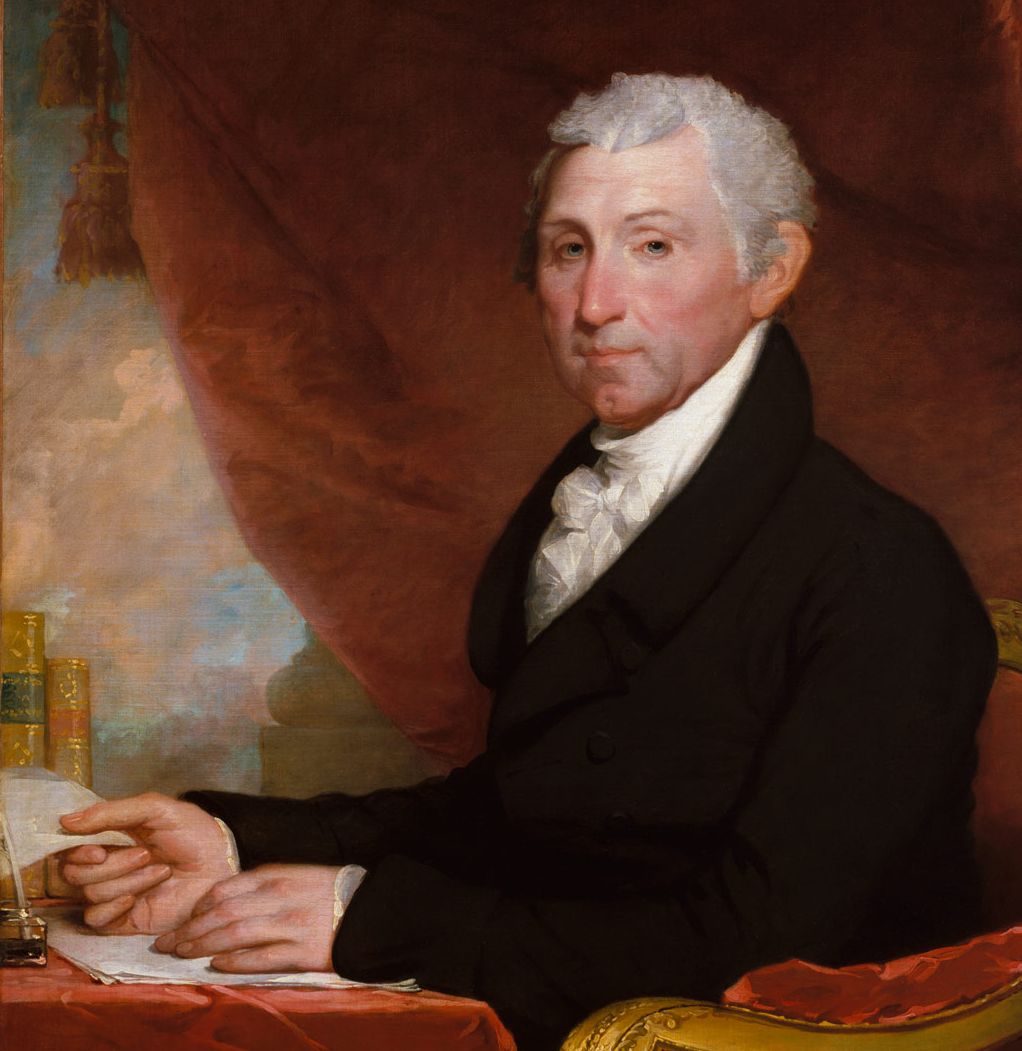Authors:
Historic Era: Era 4: Expansion and Reform (1801-1861)
Historic Theme:
Subject:
Spring 2021 | Volume 66, Issue 3


Authors:
Historic Era: Era 4: Expansion and Reform (1801-1861)
Historic Theme:
Subject:
Spring 2021 | Volume 66, Issue 3
Editor's Note: Harlow Giles Unger is the author of 28 books, including more than a dozen biographies of America’s Founding Fathers. He adapted this essay for American Heritage from his best-selling book The Last Founding Father: James Monroe and a Nation's Call to Greatness.
“You infernal scoundrel,” Secretary of War William Crawford shook his cane menacingly at the president. James Monroe reached for the tongs by the fireplace to defend himself, as Navy Secretary Samuel Southard leaped from his seat and intercepted Crawford, pushing him away from the president’s desk and out the door. It was a terrifying scene: the president — the presidency itself — under attack for the first time in American history.
Twenty years younger than the president, South Carolina’s William H. Crawford had emerged from a new generation of politician — ready to plunge the nation into civil war to promote sectional interests and personal ambitions. Unlike Monroe and the other Founding Fathers, Crawford’s generation had not lived under British rule; had not battled or shed blood in the Revolution; had not linked arms with men of differing views to lay the foundation of constitutional rule.

James Monroe was the last of the Founding Fathers — dressed in outmoded knee breeches and buckled shoes, protecting the fragile structure of republican government from disunion. Born and raised on a small Virginia farm, Monroe had fought and bled at Trenton as a youth, suffered the pangs of hunger and the bite of winter at Valley Forge, galloped beside Washington at Monmouth.
And when the Revolution ended, he gave himself to the nation, devoting the next 40 years to public service, assuming more public posts than any American in history: state legislator, U.S. congressman, U.S. senator, ambassador to France and Britain, minister to Spain, four-term governor of Virginia, U.S. secretary of state, U.S. secretary of war, and finally, America’s fifth president, for two successive terms.
Recognized by friends and foes alike for his “plain and gentle manners” in the privacy of his home or office, Monroe proved a fearless and bold leader in war and peace. A champion of the Bill of Rights, Monroe fought the secrecy rule in the U.S. Senate, opening the halls of government to the eyes, ears, and voices of the people for the first time in history. As governor of Virginia, Monroe brought education to illiterate children by establishing the first state-supported public schools, and he enriched their parents with a network of publicly built roads that let them speed the products